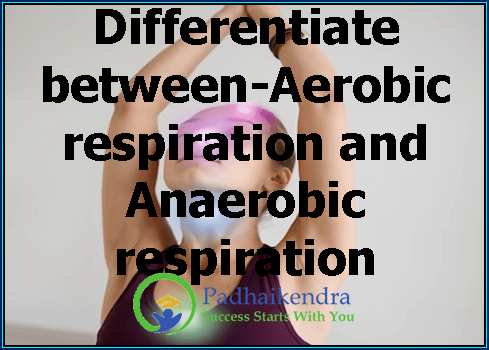Aerobic respiration and anaerobic respiration are two different pathways for producing ATP (adenosine triphosphate) from glucose in cells.
Aerobic respiration is a metabolic pathway that requires oxygen to produce ATP. It occurs in the presence of oxygen in the mitochondria of eukaryotic cells or in the cytoplasm of prokaryotic cells. During aerobic respiration, glucose is broken down into pyruvate in the process of glycolysis, which then enters the mitochondria and undergoes the Krebs cycle and oxidative phosphorylation to produce ATP. The end products of aerobic respiration are carbon dioxide and water.
Anaerobic respiration, or fermentation, is a metabolic pathway that does not require oxygen to produce ATP. It occurs in the cytoplasm of cells and is used when oxygen is unavailable or when cells cannot perform aerobic respiration. During anaerobic respiration, glucose is broken down into pyruvate in glycolysis and then undergoes either alcoholic fermentation or lactic acid fermentation to produce ATP. The end products of anaerobic respiration depend on the type of fermentation and can include ethanol, lactate, or other organic compounds.
In summary, aerobic respiration requires oxygen and produces ATP through the Krebs cycle and oxidative phosphorylation, while anaerobic respiration does not require oxygen and produces ATP through fermentation. The end products of aerobic respiration are carbon dioxide and water, while the end products of anaerobic respiration depend on the type of fermentation.





